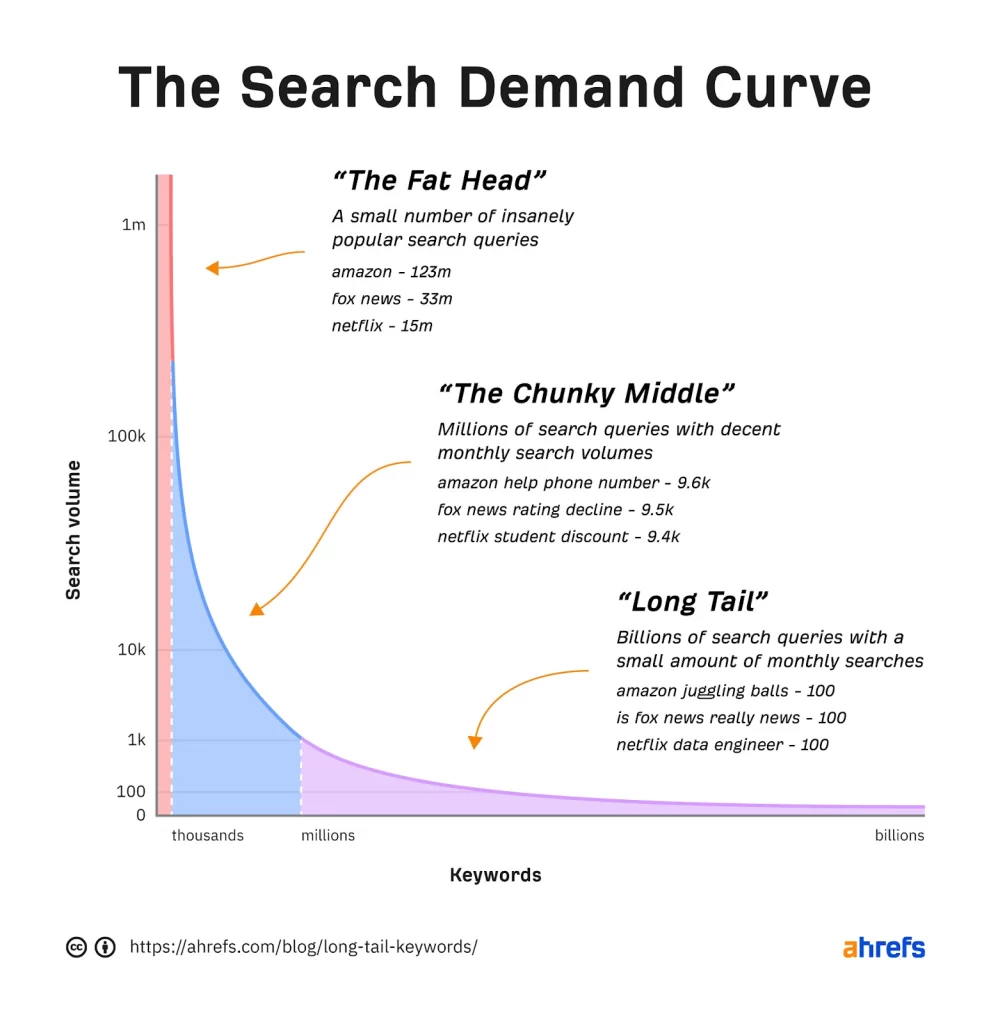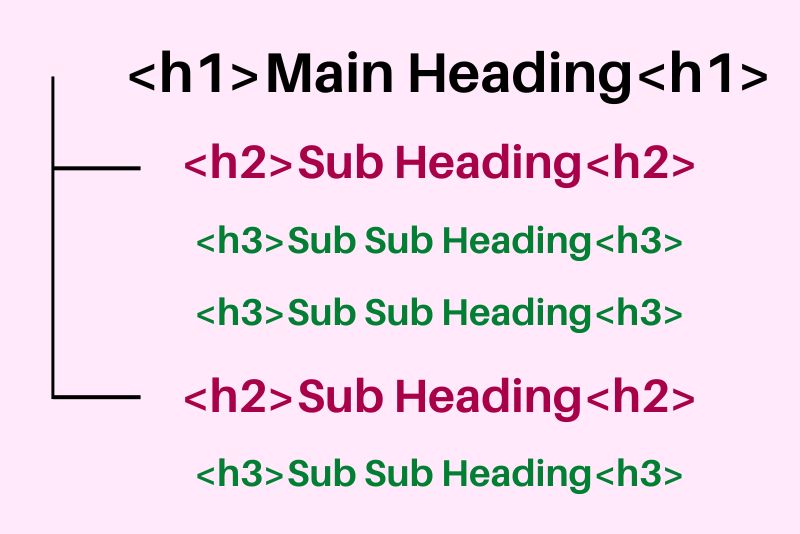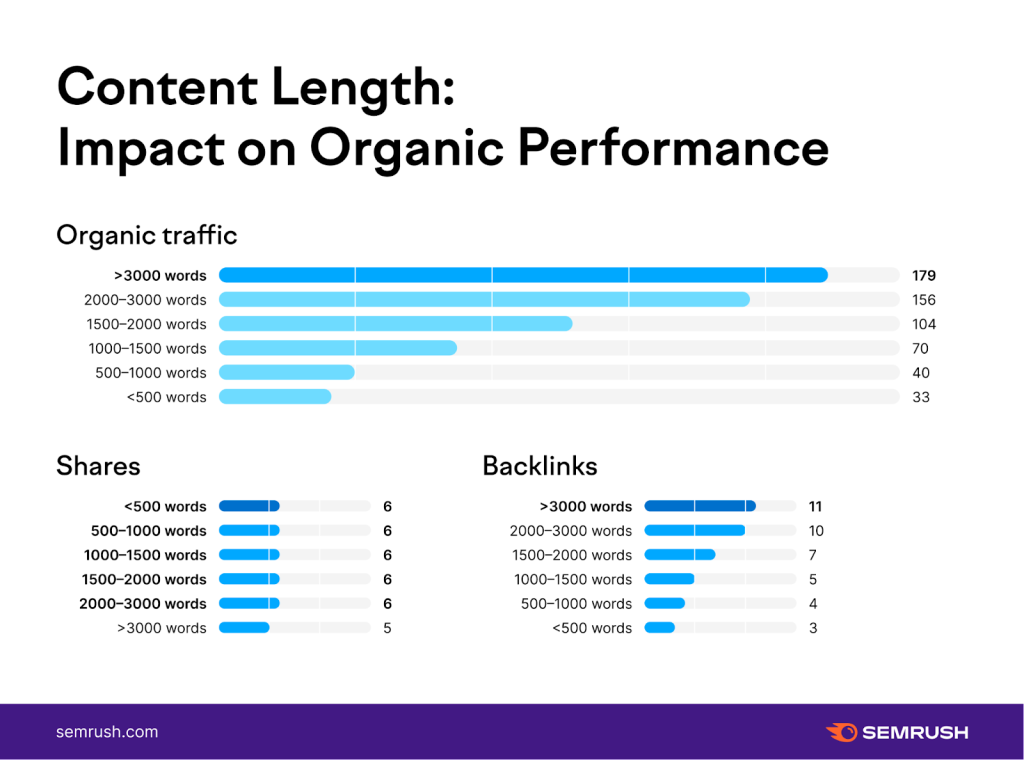No matter your blog’s niche or platform, Search Engine Optimization (SEO) is one of the most important aspects of driving organic traffic to your blog.
Optimizing your content for SEO should become a priority if you want to increase your blog’s visibility and reach a larger audience.
But it can seem intimidating, especially for new bloggers. Luckily, there are some simple strategies you can implement to give your blog post an SEO boost.
SEO Tips for Bloggers: 10 Tips To Increase Your Traffic
If you want to increase your blog’s organic traffic, here are ten easy tips that you can use to write an awesome and SEO-friendly blog post.
1. Keyword Research
If you start writing a blog post on any random topic, there is no guarantee that it will appear on the first page of search engine results. This is why it is important to conduct keyword research before you start writing your post.
You can either come up with some topic ideas yourself or search for trending topics in your niche and then do some research to see which keywords are being used the most.
This will help you to identify keywords that are both relevant and popular, which will give your blog post the best chance of ranking high in search engine results.
As a beginner, I’d recommend you focus on these two types of keywords:
1. Long Tail Keywords

Long tail keywords are phrases that are longer than the commonly used keywords. They contain at least 3-4 words. However, long tail keywords have less volume compared to the general keywords.
But since they are used by fewer people, it is easier to rank for them and you don’t have to compete with a lot of websites that use the same keyword.
2. Question Keywords
Usually, when people are looking for answers, they type in questions into the search engine. Questions are an easy way to get people engaged with your content. Hence, adding question keywords to your blog post can be a great way to attract more people.
Question keywords begin with phrases like ‘how’, ‘what’, and ‘why’. For example, if you want to write a blog post about SEO tips then one of the question keywords could be “how do I optimize my blog for SEO?”.
Competitor Research for Keywords
Competitor research is another important aspect of keyword research. It involves analyzing the keywords that your competitors are using and finding out the ones that have successfully gained traffic or have been indexed on Google.
This way you’ll be able to identify keywords that have already been proven to work in your niche and you can use them in your blog as well.
SERP Research
SERP research is the process of researching and analyzing search engine result pages to determine which keywords are being used by your competitors and what type of content they are creating.
This will help you understand what kind of content has been successful in your niche, so you can create something similar that’s even better.
You can check for keywords of websites with low Domain Rating (DR) that rank on the first page and use them in your blog post.
Note: Domain Rating (DR) is an Ahrefs metric that shows the relative strength of a website’s backlink profile.
2. Identify Target Audience
Before you start writing a blog post, it’s important to know who your target audience is and what kind of people are likely to read your content.
This will help you determine the type of language, tone, and style that you should use in order to make your content appealing to them.
Gender, age, location, interests, and hobbies are some of the factors that you should consider when identifying your target audience.
By doing this, you’ll be able to create content that resonates with them more effectively.

Target market is a defined set of consumers that you plan to serve your products or services to. They may or may not be same as target audience depending on your product. Target market can be segmented by things like geography, sociograpgic, and demographics.
3. Content Flow
Once you have identified your target audience, you need to make sure that the content flows well.
This means that it should be organized and structured in a way that makes sense to the reader. If your content is all here and there, readers will take no time to leave your page and this can affect your SEO ranking.
Using headings, subheadings, bullet points, and lists are some ways to structure your content to make it more organized and easier to read.
Here are some tips for creating a good flow:
Quality
Make sure to write high-quality content that is relevant and comprehensive. Your blog post should provide value to the readers by providing accurate information and answering their queries.
Also, try to keep your posts concise and avoid using unnecessary words or phrases in order to maintain the quality of the content.
Structure
A good structure is essential for any blog post. A great way to ensure that your content is organized properly is by using an inverted pyramid structure.
This means that you should start with the most important point, followed by other supporting points, and then end with a conclusion.
Readers only find a blog post interesting if they find the information that they are looking for without any extraneous details.
Paragraphs
Readability is essential not only for SEO but also for your readers. If the content is hard to read, readers may lose interest in it quickly.
Breaking your content into small paragraphs helps readers to go through it easily. This also allows you to include more information without making the blog post too long.
Your paragraphs should be full of relevant information and use simple language that is easy for readers to comprehend.
Keep the sentences short and avoid using complex words. Also, try to include some statistics, facts, and other elements that can help to make your content more compelling.
Headings and Subheadings

Headings and subheadings are essential for blog posts as they help to break up the content. This allows readers to scan through your content quickly and find what they are looking for without getting lost in long texts.
Your headings should be descriptive yet concise, while your subheadings should provide more details about the corresponding section. This will make your content more reader-friendly and easier to read.
Related Keywords
Related keywords are words that are related to the topic of your post and by including them, you can add more context to your content. Using related keywords in your blog post can help to increase its visibility.
But remember, you should try to include these related keywords naturally into your content without stuffing it with too many keywords. This will help search engines understand the content better and rank it higher.
Length of the Blog Post
The length of the blog post is also an important factor for SEO. The ideal length of a blog post should be between 1,000 and 2,000 words.
Anything shorter than that may not provide enough information to rank in search engine results. On the other hand, any content longer than that can bore readers and lower your ranking.

A research by Semrush shows that posts with 3,000+ words get 138% more page views than those with less than 500 on average.
So make sure to keep your content within the optimal length for higher ranking and better readability.
4. Featured Snippet
Another important factor for SEO is the feature snippet. When search engine users type a query, they often times get presented with a feature snippet which includes an excerpt from the page that contains the answer to their query.
This makes it more likely for readers to click on your page and if you are lucky, your content can be featured in a feature snippet as well.
To ensure that your content is featured in a feature snippet, you should make sure to include relevant and comprehensive information on the topic at the beginning of your post.
Also, try to use simple language so that readers can easily understand what you are trying to say.
5. Internal Link to Existing Post and CTA
Internal link, is linking to other existing posts on the same site.
It is a great way to increase the engagement of your readers. Internal linking helps your readers find more content related to their original query on your website without having to leave the page.
Try to link relevant posts with each other in order to create a better user experience and make it easier for search engine crawlers to navigate through your content.
You should also try to end your post with a compelling call to action (CTA) that encourages readers to take some sort of action, like signing up for a newsletter, commenting on your article, sharing it on social media, or visiting your website.
This helps you get more leads which can turn into potential customers in the future.
6. Title, Meta Description, and URL
Title of the post is another important factor for SEO. The title should be catchy and unique, yet descriptive enough to let readers know about the content of the post.
Your meta description is a brief summary of what your blog post is about which shows up in search engine results. So make sure to write an interesting and compelling meta description that will encourage readers to click on your post.
Furthermore, it is important to make sure that the URL of your blog post is descriptive, easy to read, and contains keywords related to the post. This helps search engines understand the content of your page better and ranks it higher in SERPs (Search Engine Results Pages).
Use plugins like Rank Math or Yoast SEO to make sure your titles, meta descriptions, and URLs are optimized for SEO.
7. Optimize Images
Optimizing images for your blog posts can have a positive impact on SEO as well.
Make sure to add relevant keywords to the file names of images and compress the size of images so that they load faster on web pages. This helps search engines understand your content better and can help your page rank higher in SERPs.
Alt texts provide a description of the image which helps search engines understand the content better. Also, adding an alt text to every image is another great way to make sure that readers understand what your image is about if the webpage fails to load the image.
8. Mobile-Friendly Design
Having a mobile-friendly design for your blog posts is essential these days as more and more people are using smartphones to access online content. Make sure that your blog posts are optimized for mobile devices in order to provide a better user experience.
Also, make sure to include social media buttons on your pages so that readers can easily share the content with their friends and family. This will help you expand your reach and potentially drive more traffic to your website.
9. Guest Post and External Links
Guest posting is a great way to get more exposure for your blog posts. It allows you to reach out to other websites, collaborate with them, and share your content on their website. This helps you build relationships and potentially drive more traffic to your website.
You need not focus on guest posting if you are new to blogging. However, if you feel comfortable with it, then go ahead and start building relationships with other websites.
External links are also important for SEO. Try to include relevant external links which provide more information on the topic of your post. This will help search engines index your page better and rank it higher in SERPs.
10. Optimize Older Blog Posts
Finally, it is important to optimize older blog posts as well. Search engines prioritize content that is up-to-date and relevant.
So make sure to go back and review your older blog posts in order to update them with the current information and trends. This will help keep your content fresh and can potentially drive more traffic from search engines.
Following these tips will help you write an awesome and SEO-friendly blog post that is sure to engage readers and help you get more traffic from search engines.
Should You Monitor Your SEO Performance?
Yes, make sure to monitor the performance of your blog post by using analytics tools such as Google Analytics. This will help you track how many people are visiting your webpage and how much time they are spending on it.
By monitoring the performance of your blog posts, you can figure out which topics are more popular and create more content around them. This will help you drive more traffic to your website in the long run.
Conclusion
In conclusion, writing an awesome and SEO-friendly blog post is essential for increasing organic traffic to your website. Follow the tips outlined in this article to ensure that your content is optimized for search engines and engages readers.
Keep in mind that SEO is a process that takes time and patience. So make sure to be consistent with your efforts and keep track of the changes you’re making in order to see what works best for your blog.

